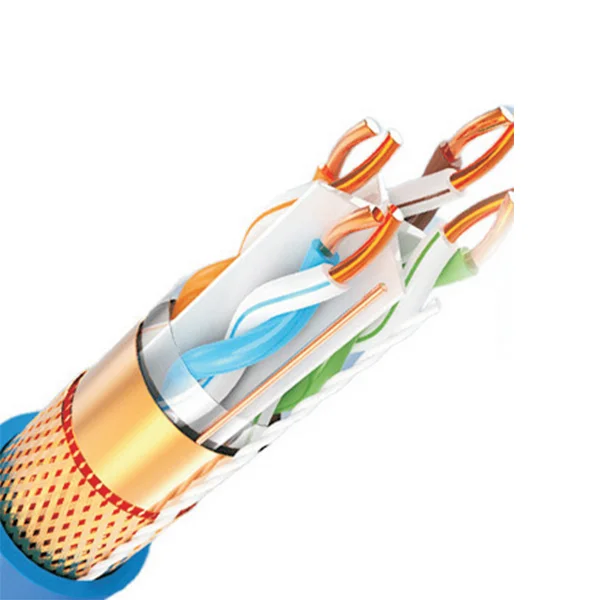Understanding Heating Capacity: How Many Square Feet Can a 1000 Watt Heater Effectively Warm?
When it comes to heating your home or workspace, understanding the relationship between wattage and square footage is crucial for achieving optimal comfort. A common question that arises is, How many square feet will a 1000 watt heater heat? This inquiry is not merely about the wattage of the heater but involves several factors, including insulation, room layout, and climate. In this article, we will delve into the science behind heating capacity, providing a comprehensive guide to help you make informed decisions about your heating needs.
The Basics of Heating Capacity
To determine how effectively a 1000 watt heater can warm a space, we first need to understand the concept of British Thermal Units (BTUs). A BTU is the amount of energy required to raise the temperature of one pound of water by one degree Fahrenheit. In heating applications, BTUs are a standard measure of thermal energy output.
A 1000 watt heater produces approximately 3412 BTUs per hour. This figure is essential for calculating the heating capacity of the unit in relation to the size of the room. However, the actual area that can be heated effectively will depend on various factors, which we will explore in detail.
Factors Influencing Heating Capacity
- Room Size and Layout: The most straightforward calculation involves the size of the room. A general rule of thumb is that 10 watts can effectively heat one square foot of space in a well-insulated area. Therefore, a 1000 watt heater could theoretically heat around 100 square feet. However, this is a simplistic view and does not account for other critical factors.
- Insulation Quality: The quality of insulation in your space plays a significant role in heating efficiency. Well-insulated rooms retain heat better, allowing a 1000 watt heater to warm a larger area. Conversely, poorly insulated spaces may require more wattage to maintain a comfortable temperature, reducing the effective heating area.
- Ceiling Height: Standard calculations often assume an 8-foot ceiling. If your room has higher ceilings, the volume of air that needs to be heated increases, which can diminish the effectiveness of a 1000 watt heater. In such cases, you may need to reduce the estimated square footage that the heater can effectively warm.
- Climate and External Temperature: The local climate significantly impacts heating requirements. In colder regions, a 1000 watt heater may struggle to maintain warmth in a larger area, while in milder climates, it may be sufficient for a more extensive space.
- Room Usage and Heat Sources: The purpose of the room and the presence of other heat sources can also affect heating needs. For example, a kitchen with appliances generating heat may require less wattage than a bedroom, where external heat sources are minimal.
Practical Applications and Recommendations
Given the variables involved, it’s essential to assess your specific situation when determining how many square feet a 1000 watt heater can effectively heat. Here are some practical recommendations:
- Conduct a Heat Loss Assessment: Evaluate your space for drafts, insulation quality, and overall heat retention. This assessment will provide insights into how much heating power you truly need.
- Consider Multiple Units: If you have a larger area to heat, consider using multiple heaters or a higher wattage unit to ensure even distribution of warmth.
- Utilize Thermostats and Timers: Installing a thermostat can help regulate the temperature, ensuring that the heater operates efficiently without wasting energy.
- Monitor Performance: After installation, keep an eye on the heater's performance. If you notice cold spots or inadequate heating, it may be necessary to reassess your heating strategy.
Conclusion
In summary, while a 1000 watt heater can theoretically heat around 100 square feet under ideal conditions, various factors can significantly influence its effectiveness. By considering insulation, room layout, climate, and other heat sources, you can make a more accurate assessment of your heating needs. Ultimately, understanding these dynamics will empower you to create a comfortable and energy-efficient environment in your home or workspace.

